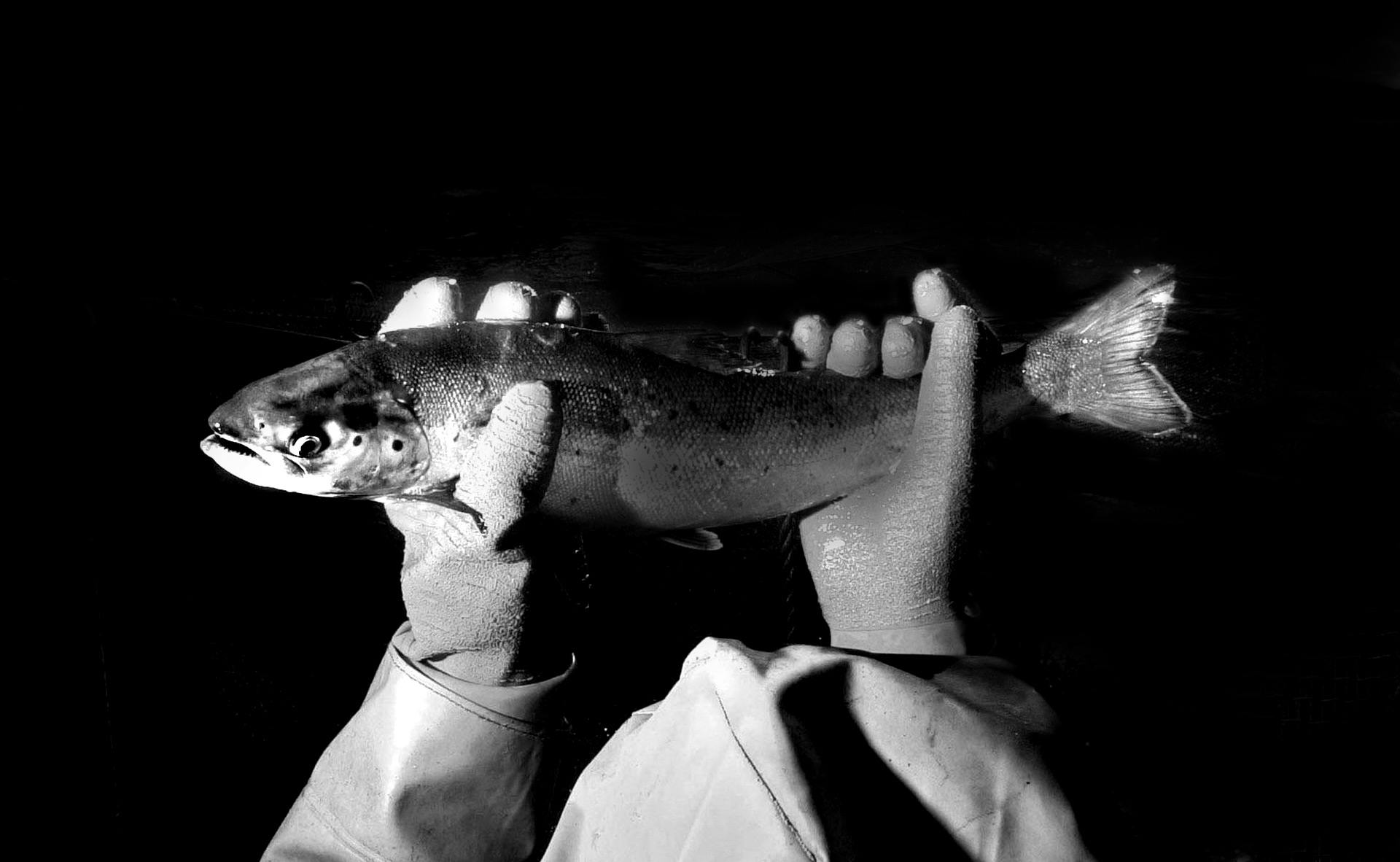The salmon farms populating Scotland’s coastal waters generate hundreds of millions of pounds of export revenue each year. Farming fish versus catching them wild comes with a range of challenging issues—ethical, environmental, and economic among them. However, one of the biggest problems roiling Scotland’s salmon farms is the tiny sea louse.
Sea lice are natural parasites present in most aquatic habitats. When in the intermediate stage of its life cycle, the sea louse attaches to fish, consuming the mucus, skin, and blood of its host. The close quarters of salmon farming, where thousands of fish may be packed into relatively small pens, offers a perfect breeding ground for sea lice.
Traditionally, salmon farmers fought sea lice by adding chemicals like emamectin benzoate to their feed. But according to Sustainable Food Trust, when not all this treated feed is eaten, some accumulates on the coastal seafloor under the farms, negatively affecting other species. Mechanical delousing methods, such as treatment with hydrogen peroxide, or forcing the salmon through rapidly churning or heated water, have achieved mixed results and stress the salmon, not to mention arousing condemnation from animal rights activists (or even accidentally slaughtering the fish). And recent studies of vaccines used in Chile, Science Daily reports, actually made salmon more vulnerable to sea lice.
Some newer methods are being researched to combat the parasites that don’t involve chemicals. The Canadian Journal of Fisheries and Aquatic Sciences detailed tests of LED-powered light traps meant to attract lice away from fish. The Global Salmon Initiative has proposed protective “skirts” draped around the top of salmon pens, ideally reducing sea lice penetration (as the lice come into the pens via shallower water). Similarly, the GSI also conceived of “snorkels”—something like an inverted funnel on top of a salmon pen, keeping the fish mostly in deeper, colder water that lice avoid.
Perhaps most promising and eco-friendly are early trials using lice-eating fish like lumpfish or wrasse to keep the parasite population in check. With the the Scottish Parliament formally reviewing the overall environmental impact of the country’s salmon farms in 2018, more sweeping changes could well be coming.










